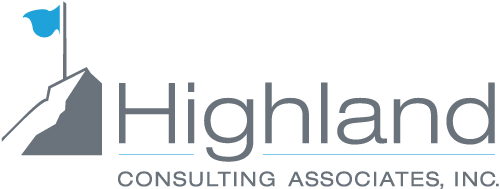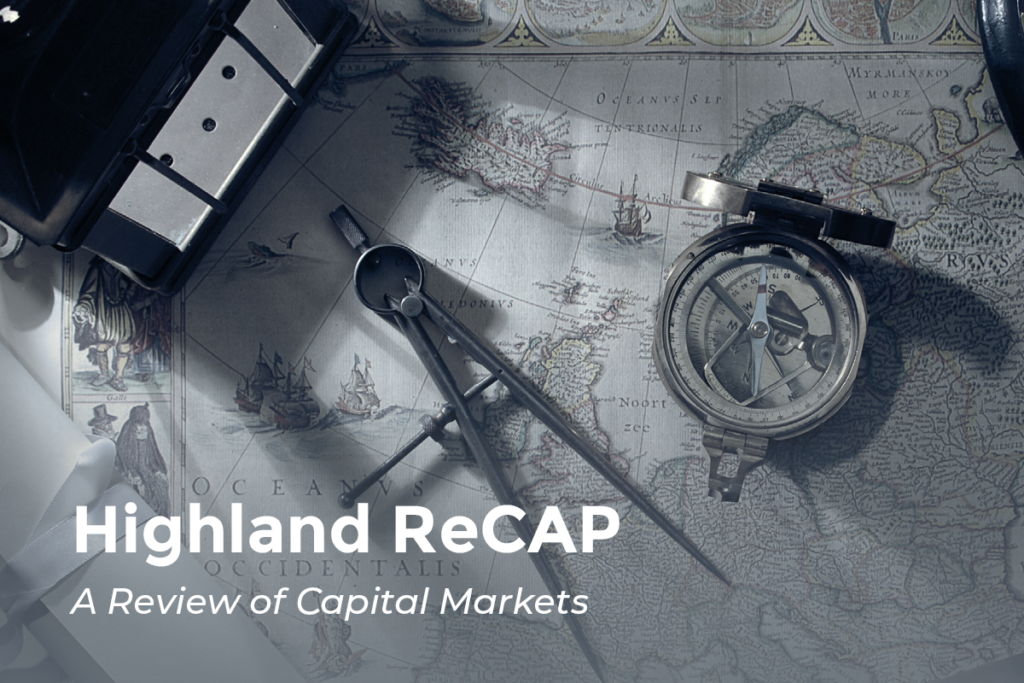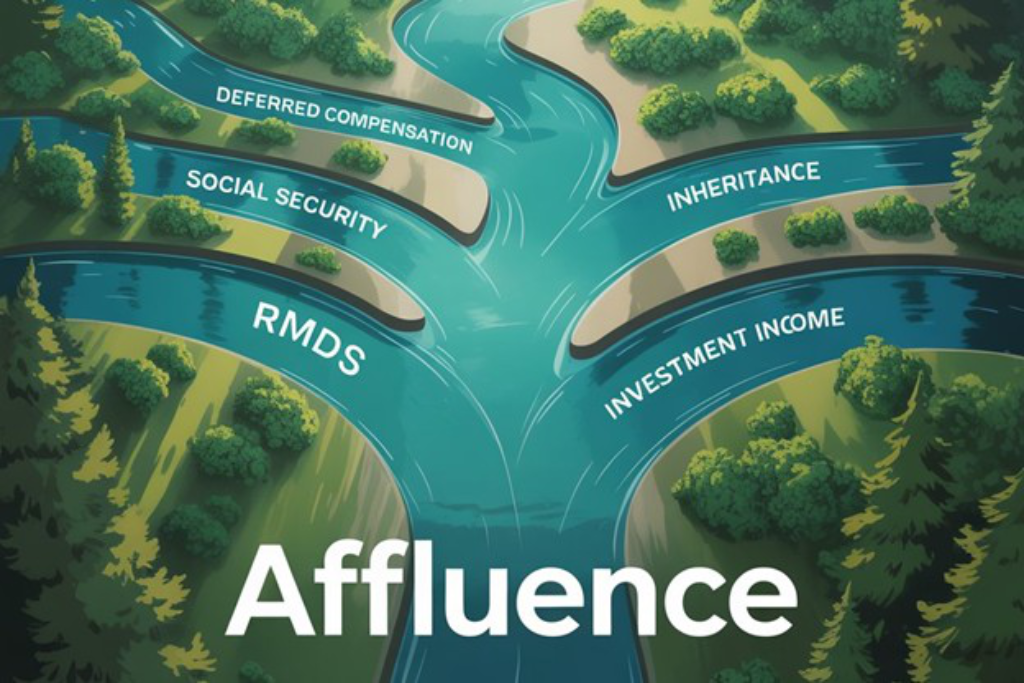Is AI Heading Toward a Capital Expenditure Bubble?

Photo credit: ideogram.ai
The debate over whether artificial intelligence (AI) is inflating a financial bubble has intensified, drawing unsettling parallels to the dot-com era’s excesses. A complex web of deals, surpassing $1 trillion, reveals circular financing at play, where massive investments such as a $100 billion infusion into a leading AI firm loop back as chip purchases from the same supplier. Similar arrangements include a 10% stake offered for chip supplies, fuel a self-perpetuating cycle that casts doubt on the organic demand driving this growth. This circular financing creates a potentially risky scenario, relying on continuous reinvestment rather than genuine market pull, risking a marked decline if funding falters or investor confidence wanes.
Evidence of strain emerges as reports highlight mounting losses from renting high-end chips, suggesting the rush to build AI data centers and graphic processing units (GPUs) may currently outpace real-world adoption. AI-related capital expenditure (CapEx) is increasingly becoming a significant portion of economic activity, potentially rivaling traditional sectors in its contribution to national output. Industry giants are betting on AI as the "next internet," and if adoption accelerates as quickly as proponents hope, these infrastructure investments will prove justified, creating enduring winners. However, if adoption lags, profits could stall, triggering CapEx cuts that might drag down the performance of broader risk assets, echoing past economic downturns. The infrastructure buildout is already rapidly underway, yet the sheer speculative scale of these investments raises concerns about long-term viability should the promise not materialize quickly.
The use of AI technologies is likely to dramatically increase in daily interactions, potentially reaching levels that strain existing computational capacities. Electricity demand to support AI infrastructure is expected to grow substantially, possibly rivaling that of major industrial regions. As operational demands rise, energy costs and resource consumption may increase—especially in areas experiencing data center expansion. Renewable energy in cooler regions offers a partial solution, but inconsistent supply and grid overload risks threaten stability and could stall development if power shortages occur. The rapid pace of AI infrastructure investment reflects a critical dependency on swift, widespread adoption. If infrastructure costs outpace revenue and consumer or corporate demand fails to materialize quickly, financial strain could trigger abrupt CapEx reductions, amplifying market volatility. Conversely, sustained investment could support growth—provided power and grid challenges are resolved in time.
The Debasement Trade Connection
The debasement trade, a recently labeled financial trend, describes investors shifting toward assets like gold, bitcoin, and stocks amid fears of currency devaluation due to soaring government debt (e.g., U.S. national debt at $37 trillion) and loose monetary policies. This movement is driven by a deep-seated concern over the relative stability of all fiat currencies in a world defined by fiscal excess. This strategic shift by investors is designed to identify and hold assets they deem most resilient to, or profitable during, a period of currency debasement and excess speculation, evidenced by Gold's surge of over 50% this year. The AI infrastructure buildout benefits from the debasement trade's underlying dynamics: the search for both growth and value in a world of depreciating currency. This influx of capital, driven by economic uncertainty, treats AI infrastructure as a forward-looking store of value, betting on future productivity gains over currency stability. While this fuel propels the speculative buildout, it is critical to remember that unlike the perceived intrinsic scarcity of other debasement assets, AI’s value is entirely dependent on its future adoption and profitability.
The Stock Market’s AI Dependency
The stock market’s trajectory is increasingly tethered to AI’s success. Major indices like the S&P 500 and Nasdaq have increased, propelled by tech giants whose lofty valuations rest on AI optimism, amplified by the capital seeking refuge via the debasement trade. Just as the dot-com era produced both permanent losses and enduring winners that define our modern economy, this current buildout may be laying the foundation for transformative long-term growth. However, this reliance introduces risk. A slowdown in AI adoption—compounded by power grid stress or CapEx overreach—could lead to a market drawdown, potentially slowing broader economic momentum. Positive signals, such as rising corporate AI use or grid upgrades, could sustain the bull run. The path forward is finely balanced, and its success hinges on whether AI delivers transformative value or proves insufficient to justify the current high infrastructure spend. Prudent investors should monitor CapEx guidance, power capacity developments, adoption metrics, and macroeconomic shifts closely to navigate this current landscape.
Conclusion: Navigating the Next Wave of Tech Investment
Rather than asking if AI is a bubble, the more relevant question for investors is: How do you position yourself to capture the potential upside while mitigating infrastructural and speculative risks? The current growth in capital expenditure, circular financing, and infrastructure strain underscores the need for selective, disciplined evaluation—not just of
potential growth, but of the embedded risks.
For plan sponsors and investors alike, understanding where and how AI-related assets show up in your holdings is critical. Are you overexposed to tech giants who depend on quick adoption? Is your portfolio vulnerable to CapEx pullbacks or power grid constraints? These are the kinds of questions that require fact-based risk analysis and portfolio benchmarking.
In a market shaped by both innovation and uncertainty, success lies in clarity of analysis and thinking, not speculation. The key is knowing your exposures, benchmarking your strategy against real risks, and ensuring your plan is built to weather both breakthroughs and inevitable setbacks.
Highland Consulting Associates, Inc. was founded in 1993 with the conviction that companies and individuals could be better served with integrity, impartiality, and stewardship. Today, Highland is 100% owned by a team of owner-associates galvanized around this promise: As your Investor Advocates®, we are Client First. Every Opportunity. Every Interaction.
Highland Consulting Associates, Inc. is a registered investment adviser. Information presented is for educational purposes only and is not intended to make an offer of solicitation for the sale or purchase of specific securities, investments, or investment strategies. Investments involve risk and unless otherwise stated, are not guaranteed. Be sure to first consult with a qualified financial adviser and/or tax professional before implementing any strategy discussed herein. Past performance is not indicative of future performance.



